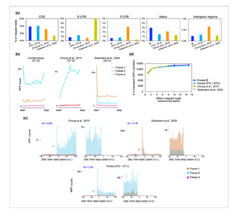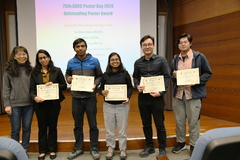HIGHLIGHTS
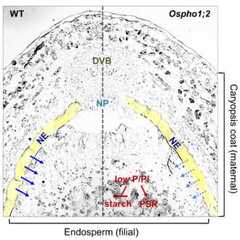
Maternal effect contributes to grain-filling defects of Ospho1;2 rice mutants
In seeds, filial and maternal tissues are symplastically isolated. Nutrient delivery through plasma membrane-localized transporters at the junction of filial and maternal tissues is indispensable for sustaining endosperm and embryo development.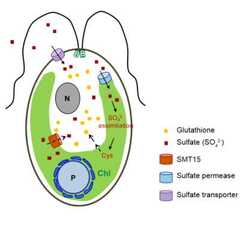
A chloroplast sulphate transporter modulates glutathione-mediated redox cycling to regulate cell division
Glutathione redox cycling is important for cell cycle regulation, but its mechanisms are not well understood. We previously identified a small-sized mutant, suppressor of mat3 15-1 (smt15-1) that has elevated cellular glutathione.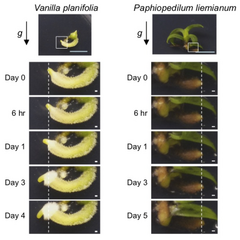
Diverse geotropic responses in the orchid family
In epiphytes, aerial roots are important to combat water‐deficient, nutrient‐poor, and high‐irradiance microhabitats. However, whether aerial roots can respond to gravity and whether auxin plays a role in regulating aerial root development remain open‐ended questions.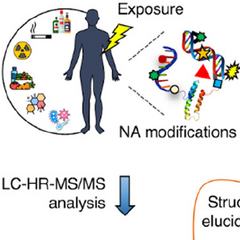
A Novel Adductomics Workflow Incorporating FeatureHunter Software: Rapid Detection of Nucleic Acid Modifications for Studying the Exposome
Exposure to the physicochemical agents that interact with nucleic acids (NA) may lead to modification of DNA and RNA (i.e., NA modifications), which have been associated with various diseases, including cancer.
NEWS
YOUNG SCIENTIST FORUM
JOB OPENING
ADMINISTRATIVE RESOURCES


